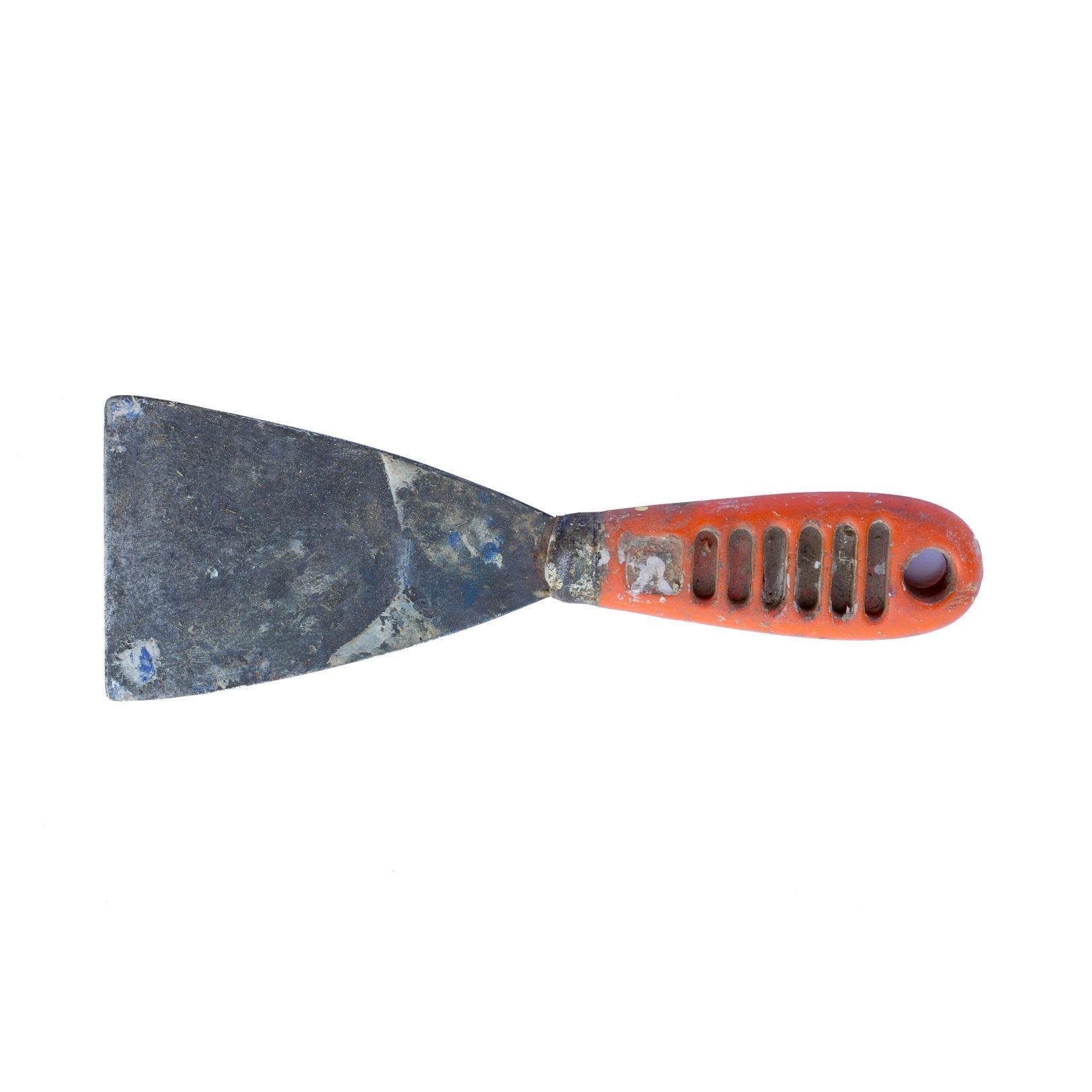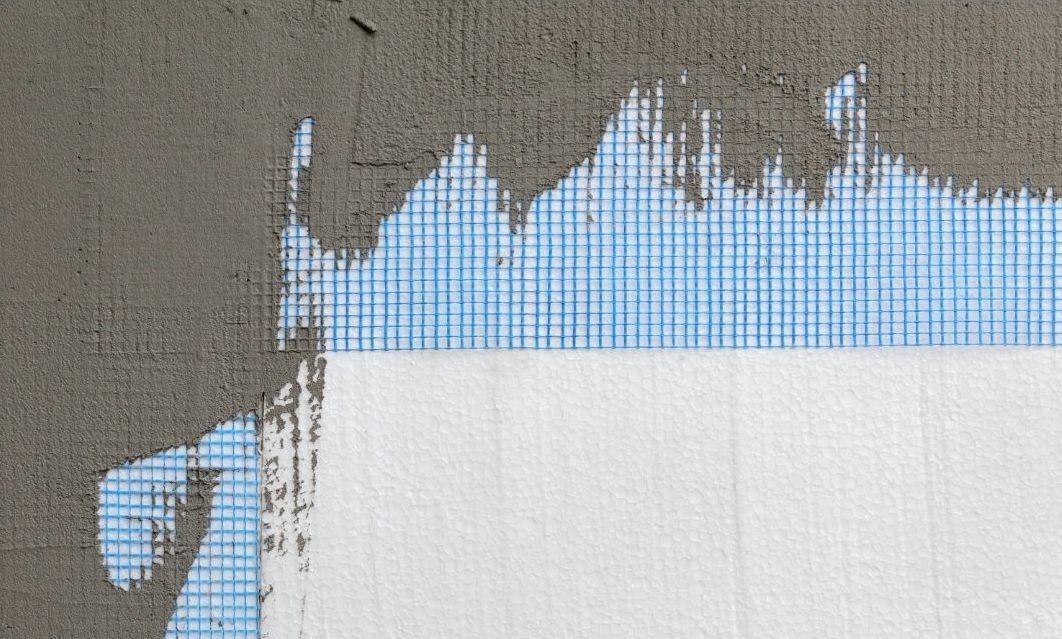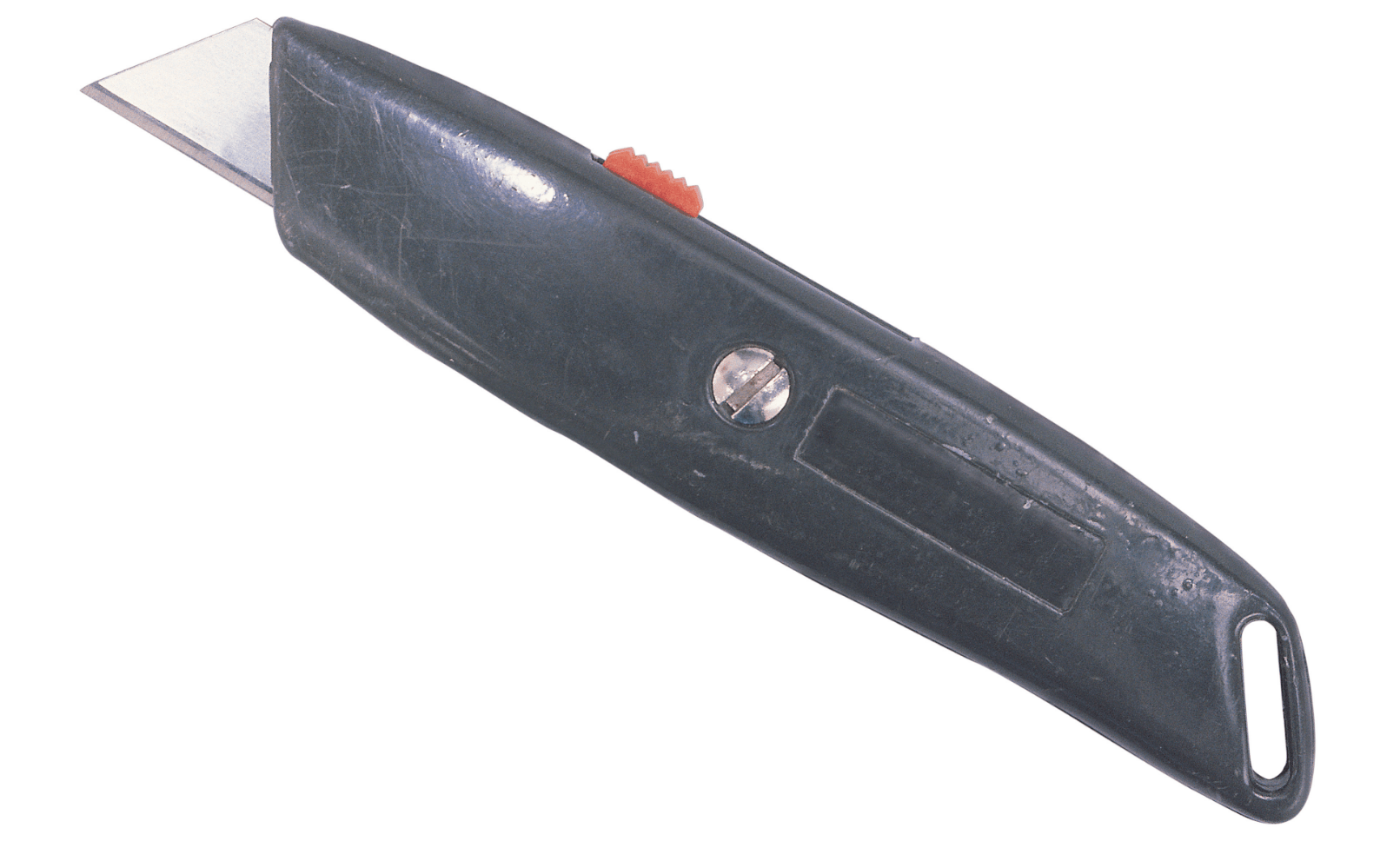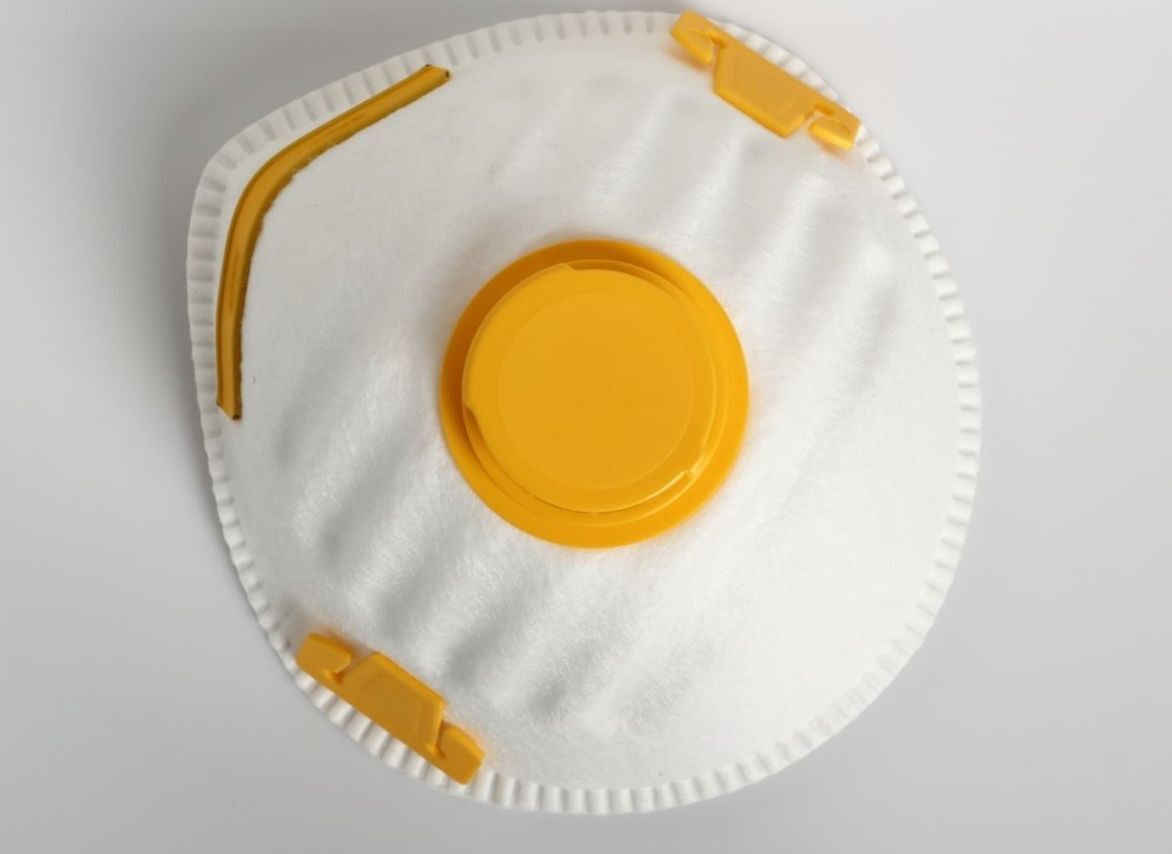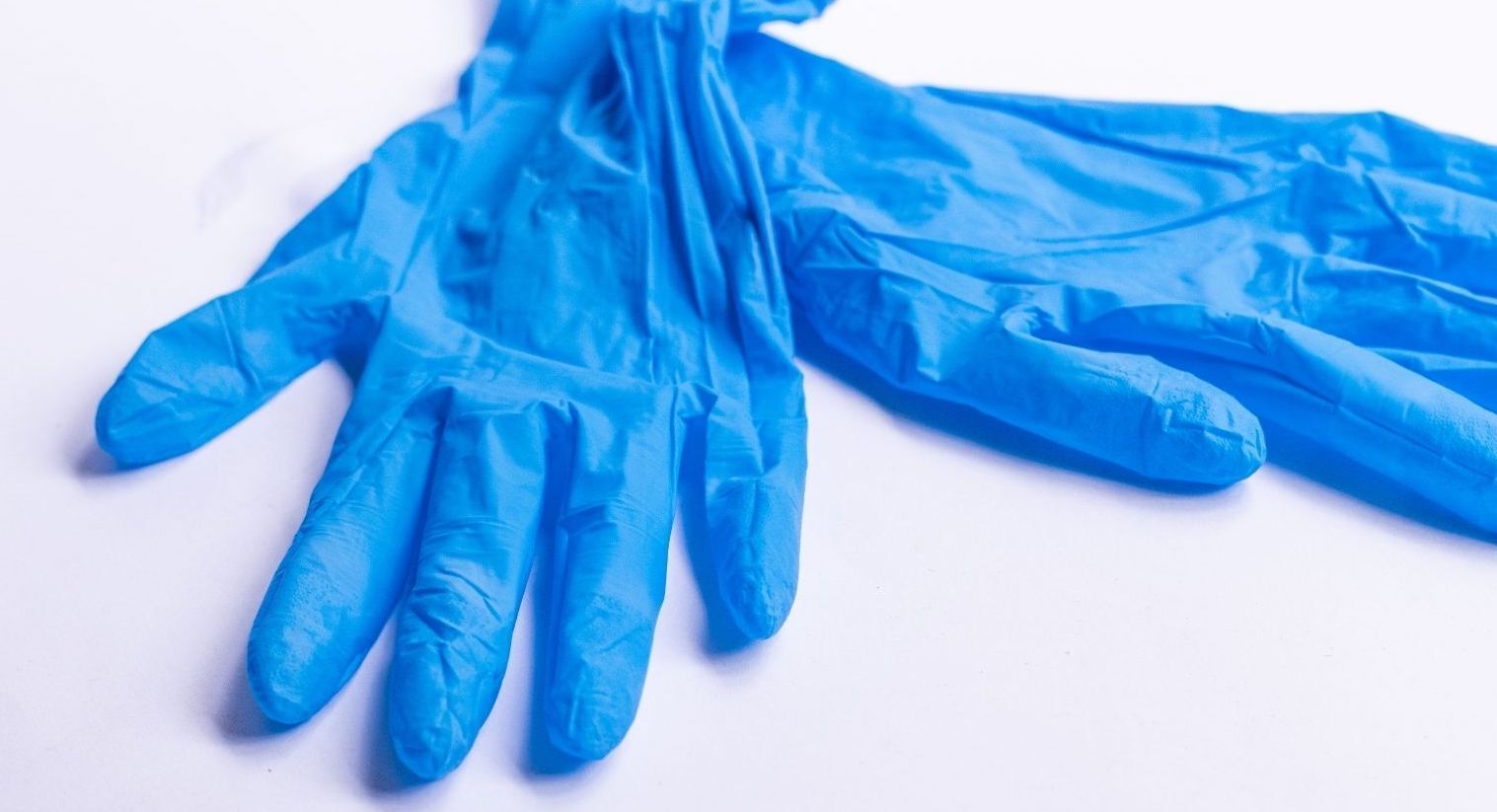Drywall Patch repair for Longmont and surrounding areas.
Drywall Patch
You may be a do-it-yourselfer and if that's the case, you have to try patching drywall just once to realize that it takes a lot of time and know how, as well as patience to create a great result. Every homeowner wants a drywall patch that is invisible, seamless and well, just plain perfect. If you've got the patience and want to give it a shot, we say go for it! Patch your drywall and see how you do!
We have outlined a few do's and don'ts as you patch your drywall.
DO USE THE PROPER MATERIALS
If you want to repair small dings, dents or scratches that are smaller than ½ inch across, use joint compound to fill them. Joint compound is also known as drywall mud. Use a 3 to 4" putty knife that is made for drywall work (see image below). Use a process of making the filler smooth so that it is flush with the wall.
If you are repairing a crack or hole that is larger than a 1/2 inch square, you'll need to reinforce it with meshing prior to spackling (see images above). If you try to take a short cut and skip the mesh, the hole or damage you are trying to repair will reappear over time with the home settling and as the compound dries and crumbles.
Save yourself some time We recommend using patching kits for the DIYer these are available at your local builders supply store. These kits often contain reinforced center panels and self-adhesive tape work great for smaller holes. You can also get a drywall compound and primer combo which leaves a surface that’s ready to paint.
Safety = Success
Always verify that the electrical cords and the plumbing lines are not running through a cabinet behind where you're working. Use a flashlight to shine into the hole you're repairing-even if it's just a few inches wide. You need to see what's there. If you you have to make the hole bigger, carefully cut horizontally with a drywall saw and avoid going deeper than an inch. Never assume that wires "won't" or "will" be where they are expected. Always check first.
Keep joint compound light as it's easier to sand this way.
Take your time sanding Trying to hurry this process will result in edges that are not smooth. We recommend using a 100-120 grit sandpaper. After the first round of sanding, add a second layer of mud, spreading it 2 inches beyond the edges of the first layer. Once it's dry, re-sand.
Dust mask protection When sanding, wear a dust mask to protect yourself from the small particulate matter of drywall compound that's floating in the air.
Glove protection
Using gloves can also add protection for your hands, keeping them from drying out due to the gypsum dust.

